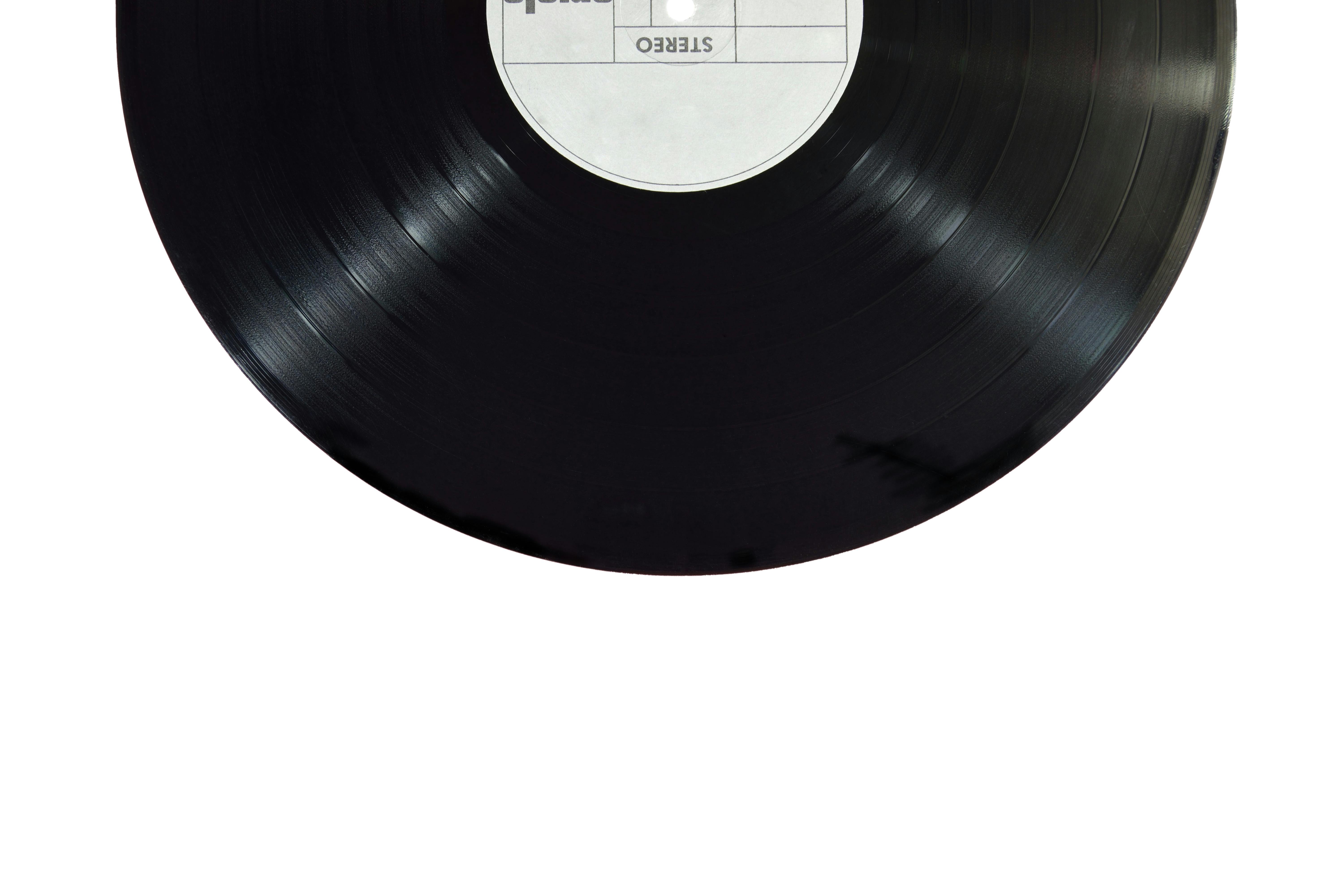Delving into the Resurgence of Vinyl Records in the Digital Age
Introduction: In the era of streaming and digital downloads, a surprising trend is making a comeback in the music industry—vinyl records. This piece explores the resurgence of vinyl, its historical context, current developments, and the potential implications for the arts and entertainment industry.

The Humble Beginnings of Vinyl
The history of vinyl records dates back to the late 19th century, with the invention of phonograph records. These were initially made of shellac, a brittle and noisy material, and it wasn’t until the mid-20th century that vinyl became the material of choice for records. The 1960s and 70s saw the golden age of vinyl, with record sales reaching their peak. However, with the advent of the compact disc (CD) in the 1980s, the popularity of vinyl began to decline.
Vinyl’s Unexpected Comeback
In a digital age where music can be streamed instantly, the resurgence of vinyl may seem counterintuitive. However, vinyl sales have been steadily increasing over the past decade. In 2020, for the first time since the 1980s, vinyl outsold CDs in the US. This resurgence isn’t confined to the US; it’s a global trend, with vinyl sales increasing in the UK, Germany, Japan, and Australia.
The Allure of Vinyl in a Digital World
There are several reasons behind the resurgence of vinyl. For some, it’s the tactile nature of vinyl that’s appealing. The act of putting a record on a turntable, the large album art, and the liner notes all contribute to a more immersive and involved listening experience. For others, it’s the sound quality. While digital music is more convenient, many argue that vinyl offers a warmer, richer sound. Additionally, owning a vinyl record is seen as a statement of personal identity, a way of aligning oneself with a particular artist or cultural movement.
Impact on the Arts and Entertainment Industry
The resurgence of vinyl is reshaping the music industry in several ways. For artists, vinyl records offer a new revenue stream in an industry where streaming revenues are often criticized for being low. For record stores, the vinyl revival has led to a renaissance, with new stores opening up and existing ones seeing increased sales. On a broader level, the vinyl resurgence is also influencing how music is created and marketed, with some artists now releasing vinyl-exclusive albums or special editions.
The Future of Vinyl
While it’s unlikely that vinyl will fully replace streaming or digital downloads, its resurgence isn’t just a passing fad. With new vinyl pressing plants opening up and technology improving the quality of vinyl records, it seems that vinyl is here to stay. As we look to the future, it’s exciting to consider how this old medium will continue to shape our relationship with music in a digital age.
In conclusion, the resurgence of vinyl records offers a fascinating example of how old technologies can find new life in the modern world. It’s a trend that’s reshaping the music industry and redefining how we engage with music, proving that sometimes, the old ways can still offer new experiences.




